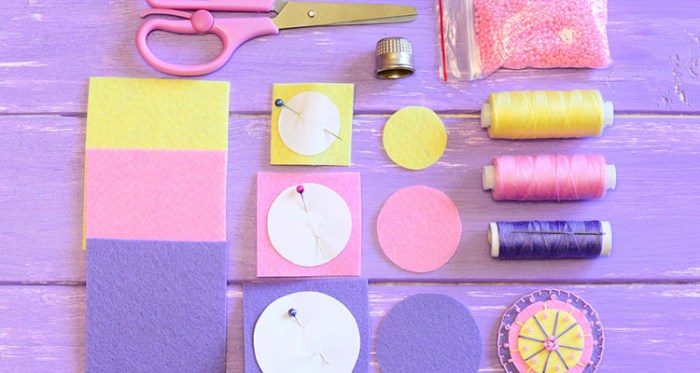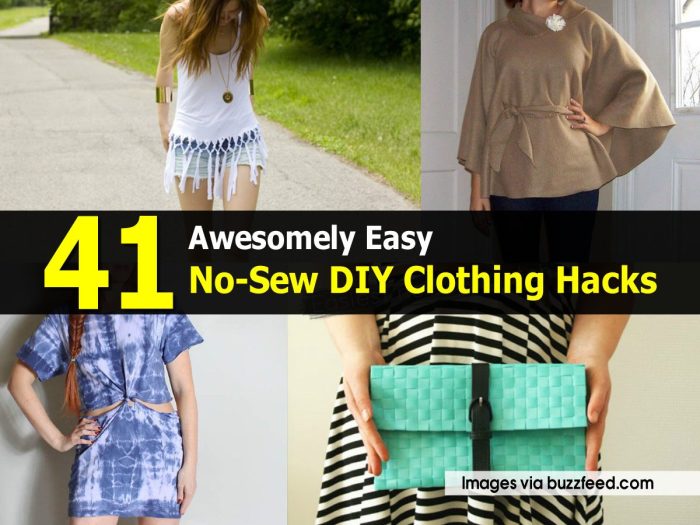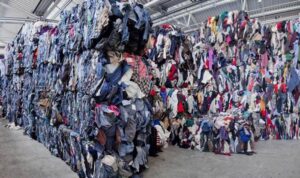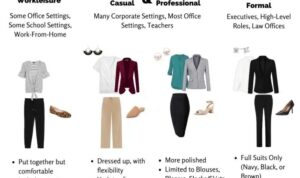DIY clothing hacks are all the rage, offering a fun and creative way to revamp your wardrobe without breaking the bank. From upcycling old clothes to customizing with embellishments, get ready to unleash your inner fashion designer!
Introduction to DIY Clothing Hacks

DIY clothing hacks refer to the creative and innovative ways to transform or customize your clothes using simple techniques and materials. These hacks allow you to personalize your wardrobe and express your unique style without breaking the bank.
Benefits of Creating Your Own Clothing Hacks
- Express Your Creativity: DIY clothing hacks give you the opportunity to showcase your creativity and originality through your fashion choices.
- Save Money: By upcycling old clothes or thrifted items, you can save money while still updating your wardrobe with trendy pieces.
- Eco-Friendly: Repurposing old clothing reduces waste and contributes to a more sustainable fashion industry.
- Customization: With DIY hacks, you can tailor your clothes to fit your body shape and style preferences perfectly.
Popularity of DIY Fashion in Recent Years
In recent years, the DIY fashion trend has gained popularity among individuals looking for unique and sustainable ways to update their wardrobes. Social media platforms like TikTok and Instagram have become hubs for sharing DIY clothing tutorials and inspiration, attracting a new generation of fashion enthusiasts keen on expressing themselves through handmade creations.
Upcycling Old Clothes
Upcycling old clothes is a great way to breathe new life into items you no longer wear while reducing waste and being environmentally friendly. By transforming old clothes into something new, you can showcase your creativity and unique style.
Examples of Upcycling Old Clothes
- Turning old jeans into a stylish denim skirt by cutting and sewing the fabric.
- Transforming an oversized t-shirt into a trendy crop top by cropping and adding embellishments.
- Repurposing a button-up shirt into a chic off-the-shoulder top by adjusting the neckline.
Environmental Impact of Upcycling Clothing
Upcycling clothing helps reduce the amount of textiles that end up in landfills, decreasing the environmental impact of the fashion industry. By reusing materials and decreasing the demand for new clothing production, upcycling contributes to a more sustainable and eco-friendly approach to fashion.
Tips for Choosing Clothes for Upcycling Projects
- Look for items with quality fabric that can be easily repurposed or transformed.
- Choose garments with minimal damage or stains that can be worked around or covered up creatively.
- Consider the style and size of the clothing piece to visualize how it can be altered or redesigned to fit your personal style.
Customizing Clothing with Embellishments
Adding embellishments to clothing is a great way to personalize your wardrobe and give new life to old pieces. There are various types of embellishments you can use to create unique designs and make your clothes stand out. From beads and sequins to patches and embroidery, the possibilities are endless when it comes to customizing your clothing.
Types of Embellishments
- Sequins: These shiny, disc-shaped embellishments can add a touch of glamour to any outfit. You can sew them onto your clothing in a pattern or randomly for a fun and sparkly look.
- Embroidery: Embroidery involves stitching decorative designs onto fabric using colored threads. You can create intricate patterns or simple motifs to customize your clothes.
- Patches: Iron-on or sew-on patches are a quick and easy way to add personality to your clothing. You can choose from a wide variety of designs or even create your own custom patches.
- Beads: Beads come in different shapes, sizes, and colors, making them versatile embellishments for clothing. You can sew them onto your garments to create intricate designs or patterns.
Creative Ideas for Embellishing Clothing
- Adding sequin patches to a denim jacket for a touch of sparkle
- Embroidering flowers or geometric shapes on a plain t-shirt for a pop of color
- Sewing beads in a zigzag pattern along the neckline of a dress for a bohemian look
- Using iron-on patches to cover up stains or holes on old jeans for a trendy and eco-friendly solution
Tools and Materials Needed for Embellishment Projects
When working on embellishment projects, it’s important to have the right tools and materials on hand to ensure your designs turn out the way you envision them. Some essential items you may need include:
- Needles and thread for sewing on beads, sequins, and patches
- An embroidery hoop and embroidery floss for intricate embroidery designs
- An iron and ironing board for applying iron-on patches
- Beads, sequins, patches, and other embellishments of your choice
- Fabric glue for securing embellishments that cannot be sewn on
Stylish Alterations and Repairs: DIY Clothing Hacks

When it comes to DIY clothing hacks, stylish alterations and repairs play a crucial role in giving your outfits a personalized touch and ensuring they fit you perfectly. Whether you’re looking to revamp an old piece of clothing or fix a minor tear, knowing how to alter and repair your clothes can save you money and help you express your creativity.
Tips for Altering Clothing
- Take accurate measurements of your body to ensure a precise fit.
- Use pins to mark where you need to make adjustments before sewing.
- Invest in a good quality sewing machine or needle and thread for hand-sewing.
- Experiment with different alteration techniques such as hemming, taking in or letting out seams, and adjusting sleeve lengths.
- Practice on old or thrifted clothing before altering your favorite pieces.
Common Clothing Repairs, DIY clothing hacks
- Fix loose buttons by sewing them back on securely.
- Mend small tears or holes with a simple hand-stitch or using iron-on patches.
- Repair broken zippers by replacing them with a new one or fixing the existing zipper pull.
- Reinforce seams that are starting to come apart to prevent further damage.
- Replace worn-out elastics in waistbands or cuffs to restore the garment’s shape.
Learning Basic Sewing Techniques
- Watch online tutorials or take a beginner’s sewing class to learn essential sewing skills.
- Practice sewing straight lines, zigzag stitches, and buttonholes on scrap fabric to build your confidence.
- Invest in a basic sewing kit with essential tools like needles, pins, scissors, and a seam ripper.
- Follow step-by-step sewing patterns to create new garments or alter existing ones with precision.
- Join a sewing community or forum to ask questions, share tips, and learn from experienced sewists.



